A zero energy building from BEDZED – Beddington Zero Energy Development
Can you believe that green building materials could be a 10 lac crore opportunity? Read on…
Depending on who you ask, green buildings in India will be an opportunity worth anywhere between Rs 1 lac crores (a shade less than $20 billion) and Rs 10 lac crores (about $200 billion) over the next 10 years.
That indeed is some variation. To some extent, the variation could be owing to the varying definitions of green buildings and green building materials. If one accepts an expansive definition of green building materials, the upper end of the estimate could indeed the right one.
But even assuming it is the lower of the two estimates, you are still talking about a business that is going to rack up over Rs 10,000 crores year on year for the next 10 years.
EAI’s Consulting Division provides special assistance for entrepreneurs/businesses interested in exploring opportunities in the green buildings domain.See here for more.
I’d say it is a safe bet that green buildings is, at the very least, an excellent business opportunity. If the higher estimates pan out, it could be a humongous business opportunity for Indian entrepreneurs.
When I say this to some folks, they think this is all hyped up. I can hear you too asking, “Is this another bubble in the making?”
Source: Siemens
All indications are that, it is not.
And I’ll tell you why.
A simple fact will show you why the opportunity we are talking about is real.
For a developing country that India surely is, most of the commercial and industrial buildings that exist by 2025 would have been built between now and 2025. The numbers could be as high as 80% – this means, hey, we will building four times the number of commercial and industrial buildings between now and 2025 as have been built since time immemorial.
Read the last paragraph once more. And digest it.
And now comes the green part. From the interactions EAI has been having with the architects and construction industry professional, almost every second new building in the commercial / industrial sector (and a good % in the residential sector as well), wants to be green. Be it out of good conscience (a minority) or to ensure they are no less than their competitors (a large majority).
Lets do some back of envelop math to check out if these large numbers could indeed be possible.
Studies indicate that India will be having about 1 lac green buildings by 2025, from the current number of under 3000. Essentially, this means 97% of green buildings are yet to be constructed. At an average of 1 lac sqft of construction (for a commercial building or a housing apartment) and multiplying this by 97000 buildings (let us keep it 1 lac too for simplicity sake), you are talking about 1000 crore sqft of green space constructed between now and 2025. At an average cost of Rs 1000 per sqft, you are looking at 10 lac crores. Fits, doesn’t it?
There is every chance of the number of green buildings pan India India by 2025 being much higher than 1000 crore sqft, because most of the data above are about certified green buildings. There will surely be many buildings which have inherently included the “green” in them out of economic considerations but not bothered to apply for a certificate.
Now you can kind of understand why the large estimates for business potential provided in the beginning do not sound hollow anymore.
Rather, if anything, they could be under-estimates.
So let’s say I have sort of convinced you that green buildings in India is indeed a huge, huge opportunity. How can companies hitch their wagons to this star?
The challenge with the green building and green building materials/solution space is that, it is not a homogeneous opportunity such solar or wind power (which are relatively quite homogeneous in terms of the diversity of granular opportunities they can split into).
Green buildings encompass more than a hundred different solutions coming together, perhaps belonging to 15-20 groups.
This extent of diversity is good, and bad.
Bad for large businesses that want to monopolise and be the big daddy. Could be quite difficult here. (Contrast this with solar or wind power which is fast becoming a big boys game…)
Good for small and medium enterprises. The diversity of opportunities, coupled with the fact that proximity to the end customer could mean a lot more in this business than in pure-play energy, all point to this being a treasure-trove of opportunities for SMEs.
This diversity is owing to a variety of “sustainability components” within buildings
- Energy consumption – lighting, heating and cooling
- Kitchen
- Flooring
- Windows and doors
- Ventilation & Air conditioning
- Diversity of materials – from materials used for food to bathroom to cleaning to..
- Chemicals use
- Core building materials
- Insulation
- Plumbing
- Furniture and furnishings
- Electrical and mechanical appliances
- Paints & coatings
- Adhesives
- Roofing
- Landscaping
- Water
- Pollution management – air, water and noise pollution
- Weatherization
So, how exactly are the green building materials defined?
Green building materials are composed of renewable, rather than nonrenewable resources, and comprise materials that are environmentally responsible and even positive over the life of the product. An assessment of green materials may involve an evaluation of one or more of the criteria listed below:
- Resource efficiency – water and material efficiency, waste minimization
- Indoor air quality
- Energy efficiency
- Water conservation
- Affordability
Business Opportunity Sectors in Green Buildings
Based on the above inputs, we can broadly classify the opportunity sectors for green building materials to be in:
- Energy – energy efficiency, use of sustainable energy sources
- Water – water conservation through monitoring and efficiency methods, water treatment
- Waste – Sustainable waste disposal and management, waste treatment, waste to value
- Sustainable materials & products – in a variety of functions and household applications
- Environment – Indoor environmental quality, air pollution control, water pollution control, noise pollution control, reduction of toxicity in household products…
Each of the above sectors is wide in itself and comprises multiple, interlinked sub-sectors. For instance, energy efficiency could be further broken down into:
- Heating efficiency
- Lighting efficiency
- Cooling/refrigeration efficiency
- Efficiency of electrical equipment that do not belong to the above (washing machines, vacuum cleaners…)
Each of the above sub-sectors could in turn have multiple niche opportunities. Lighting efficiency alone, for instance, could comprise the following niches
- Energy efficient light bulbs – LEDs, CFLs… (and LEDs could further be for home lights, street lights, garden lights, special purpose lighting…!)
- Intelligent lighting management – automated solutions for switching lights on and off, remote monitoring systems
- Efficient lighting fixtures and related hardware
Just imagine the total number of such niches that could be present across the entire green buildings domain.
As I mentioned earlier, this business domain is striking in the sheer diversity of opportunities that it presents.
If you are an entrepreneur, you could do one of the two things before getting into the green buildings space:
- Wait for few more years when things become a bit more certain, but then there could be hundreds others who would have had a head-start.
- Or take a call and make an early move.
EAI has included Green Building Materials as one of the domains for which it will provide focussed consulting assistance. To know more about how EAI Specialty Consulting division could help you start off in this exciting field, refer to this section.
For your reference, some samples of what the diversity of green building materials, from a trip I made to Green Depot, a green buildings materials shop in Manhattan, NYC.
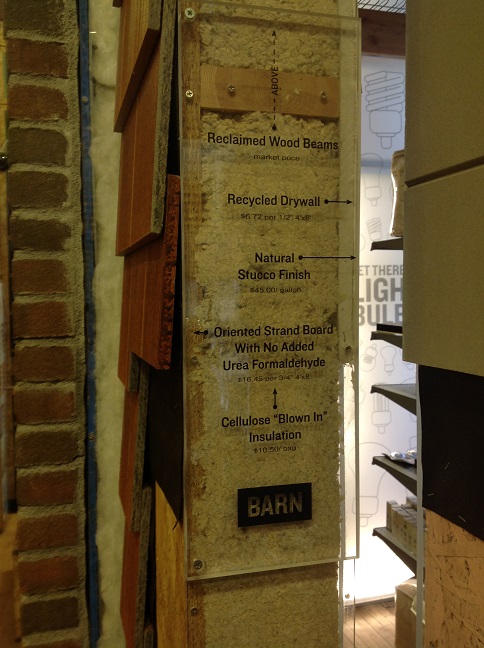 |
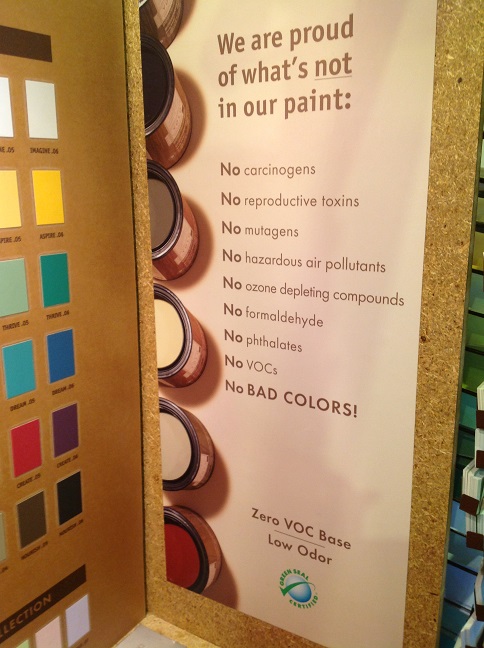 |
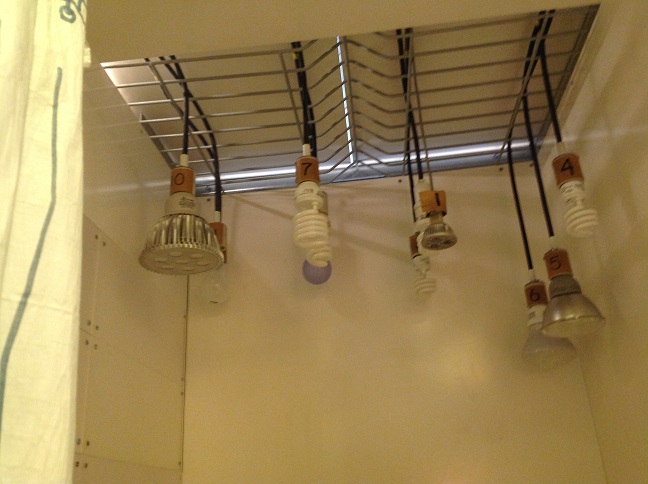 |
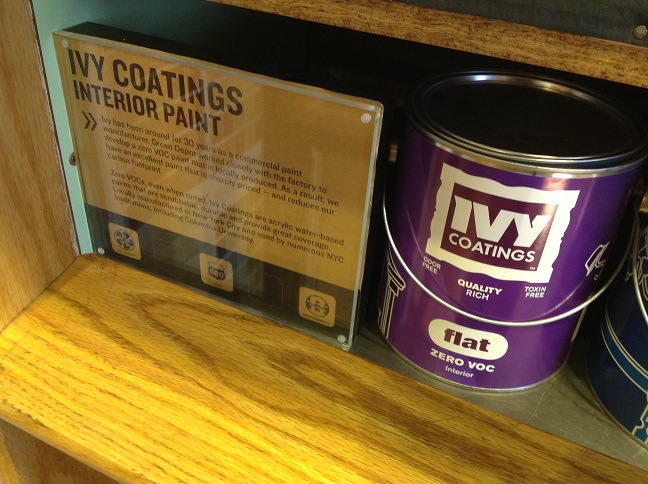 |
 |
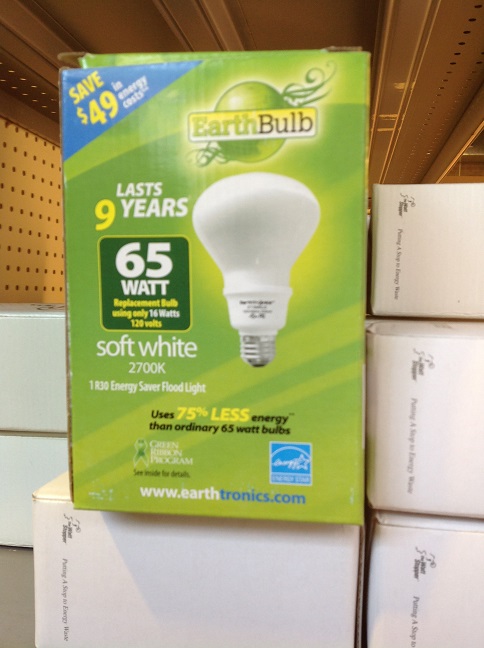 |
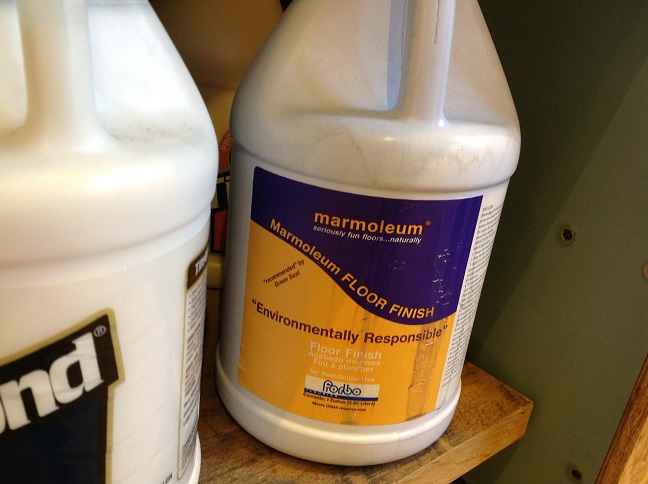 |
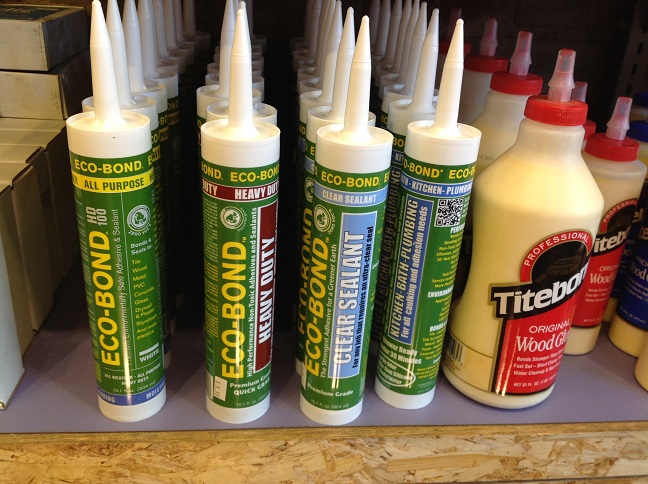 |
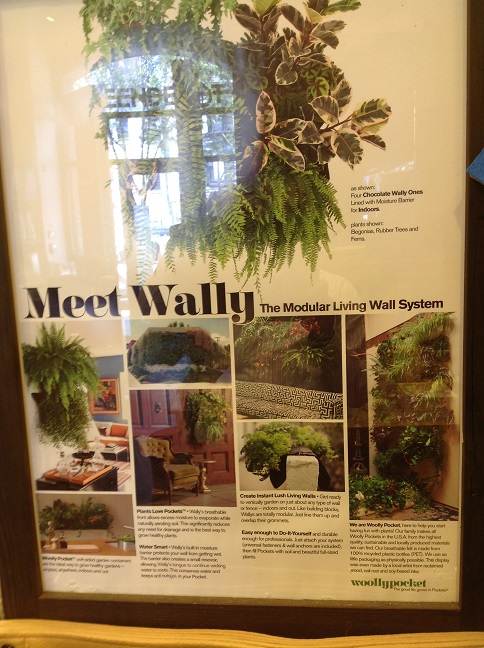 |
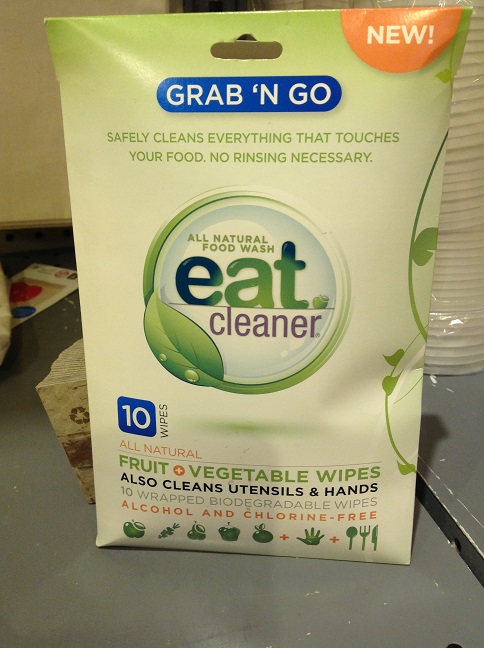 |
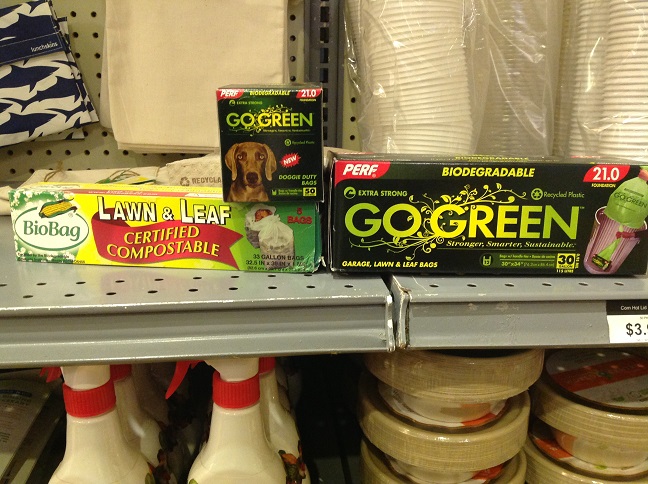 |
 |
 |
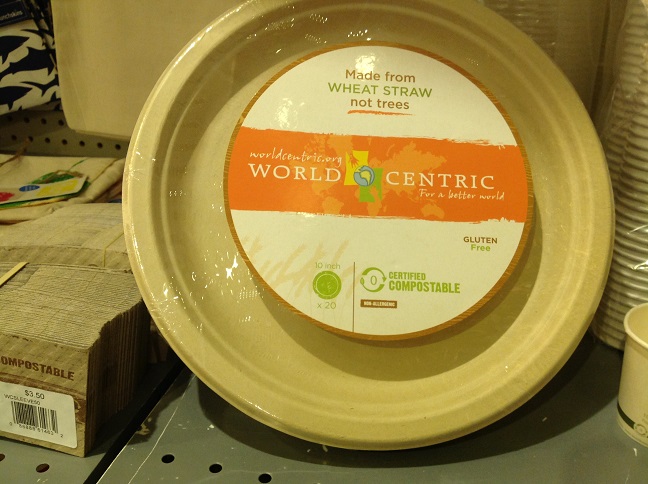 |
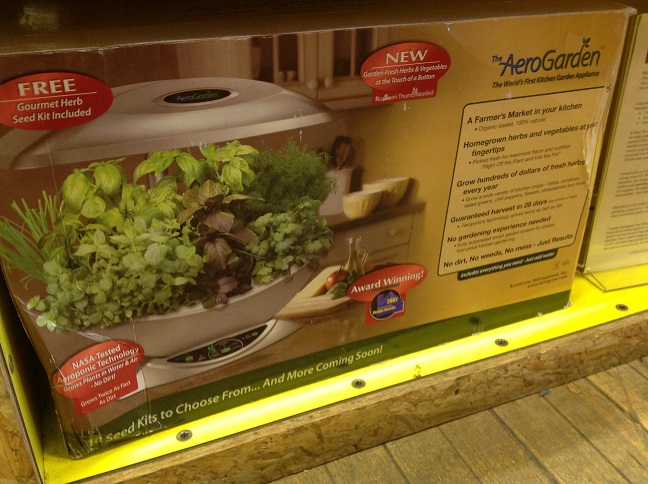 |
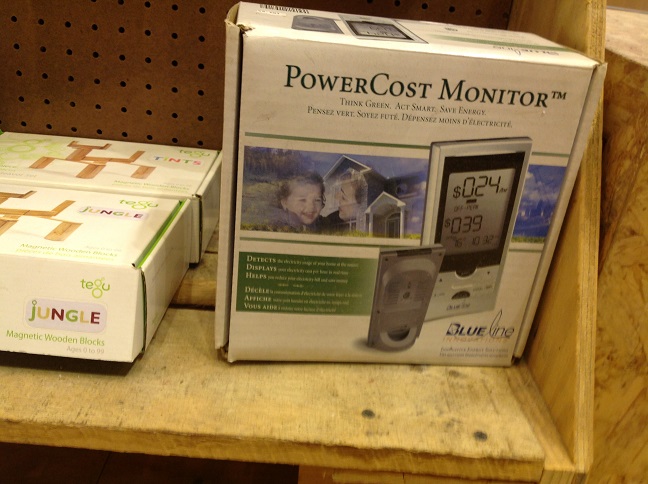 |
 |
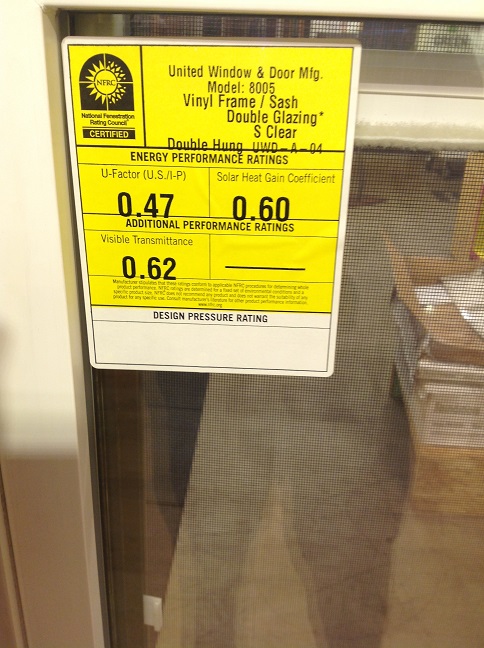 |
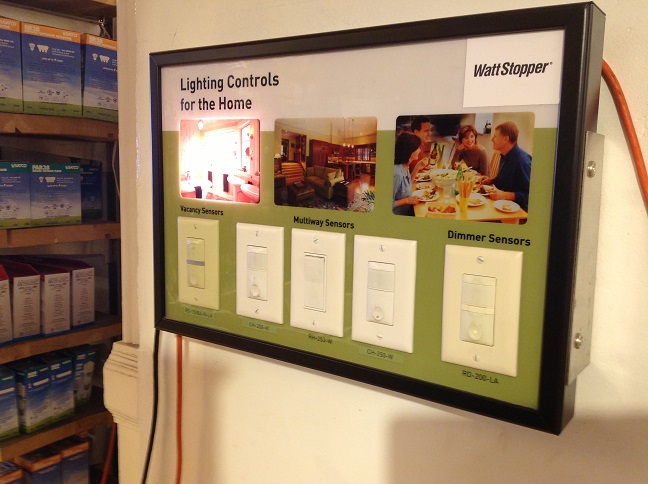 |
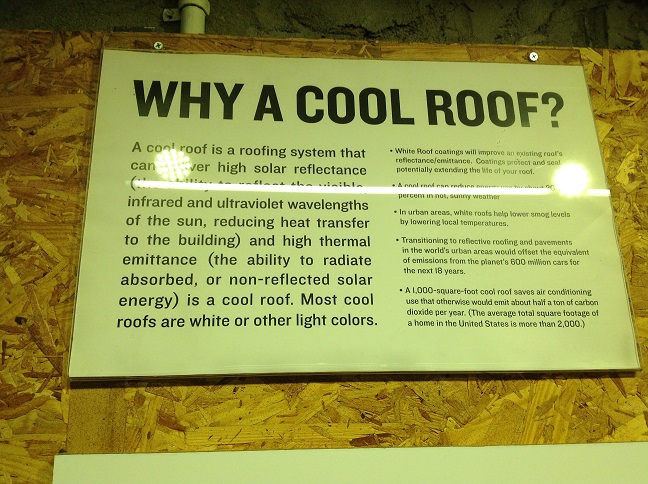 |
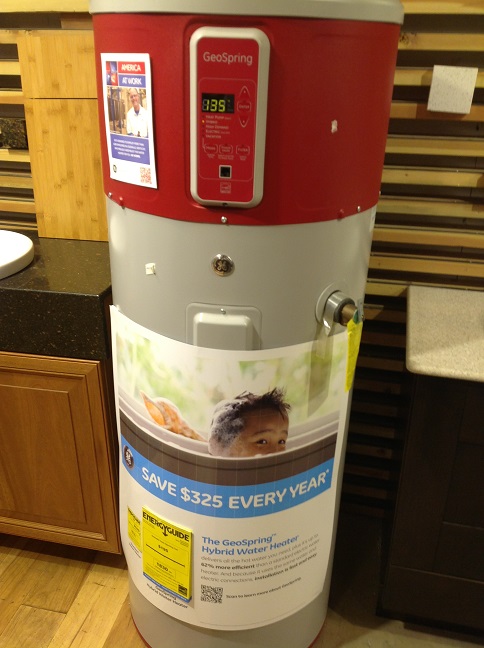 |
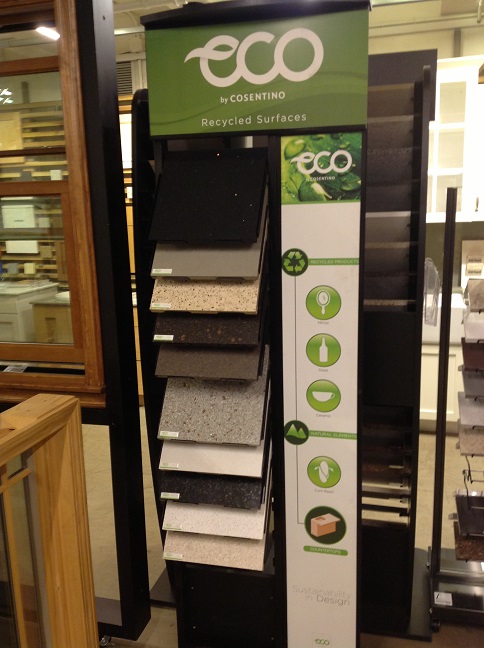 |
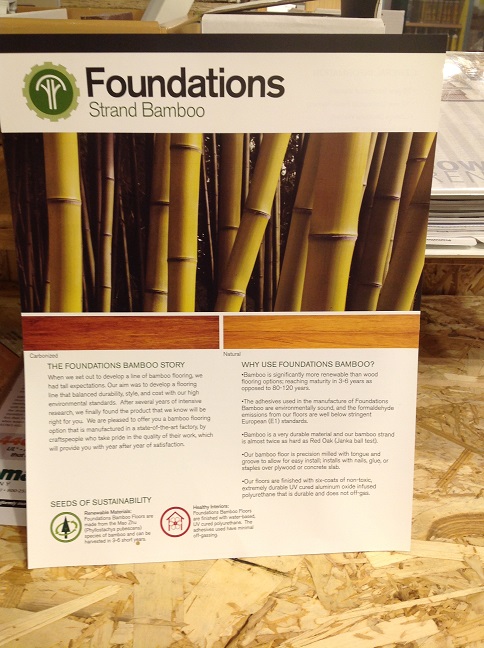 |
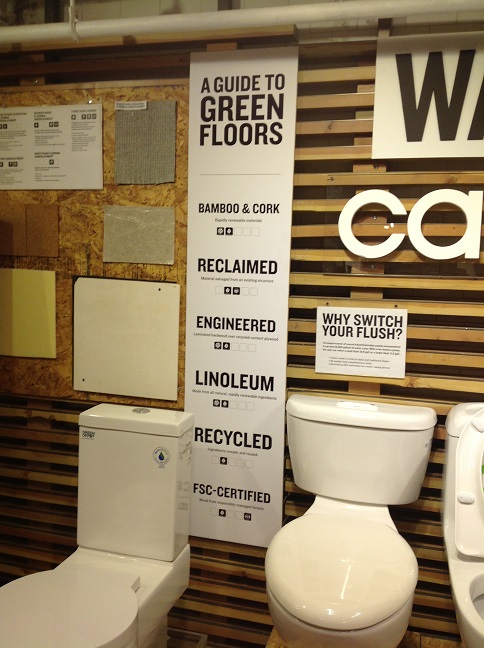 |
References
Details on certifications applicable for green building consultant’s roles and opportunities
Example of green building materials – Aerocon Panels
FAQ on green buildings and certifications – from IGBC
A brief list of India’s prominent green building corporate projects – from a Saint Gobain Glass perspective
What is the condition/state of sustainable architecture in India? What are the factors responsible for failure/success of Sustainable Architecture in India? – See a detailed and insightful answer to this question in this link
A nice white paper on Indian green building opportunities – from European Business & Technology Centre
World Green Building Trends – Business Benefits Driving Market and Retrofit Opportunities (PDF)
India’s 20 Amazing Green Corporate Offices
See also: an interesting emerging cleantech segment – Building Energy Analytics
========
Also check out: Sustainability Edge – EAI Consulting to assist corporates design, evaluate and align sustainability strategies



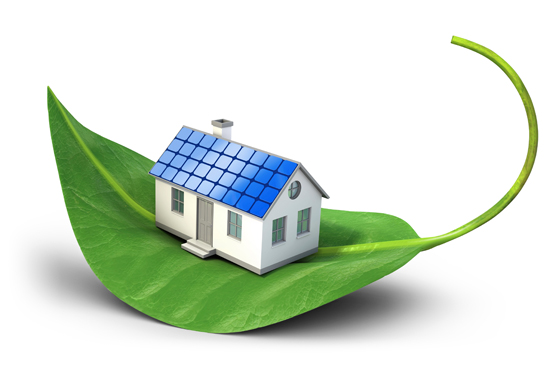
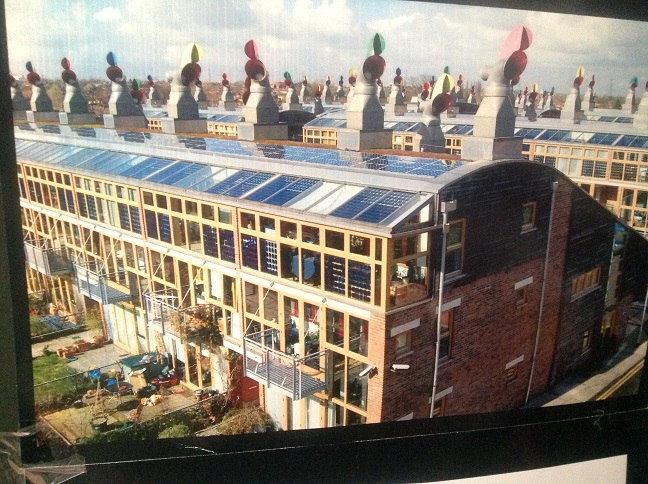


 Our specialty focus areas include
Our specialty focus areas include 
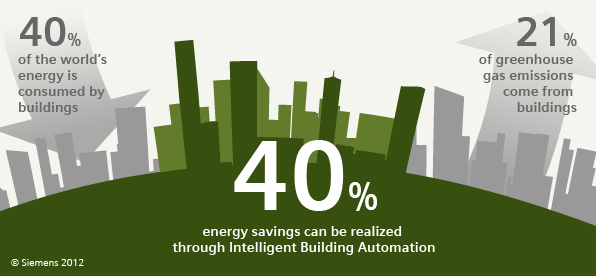
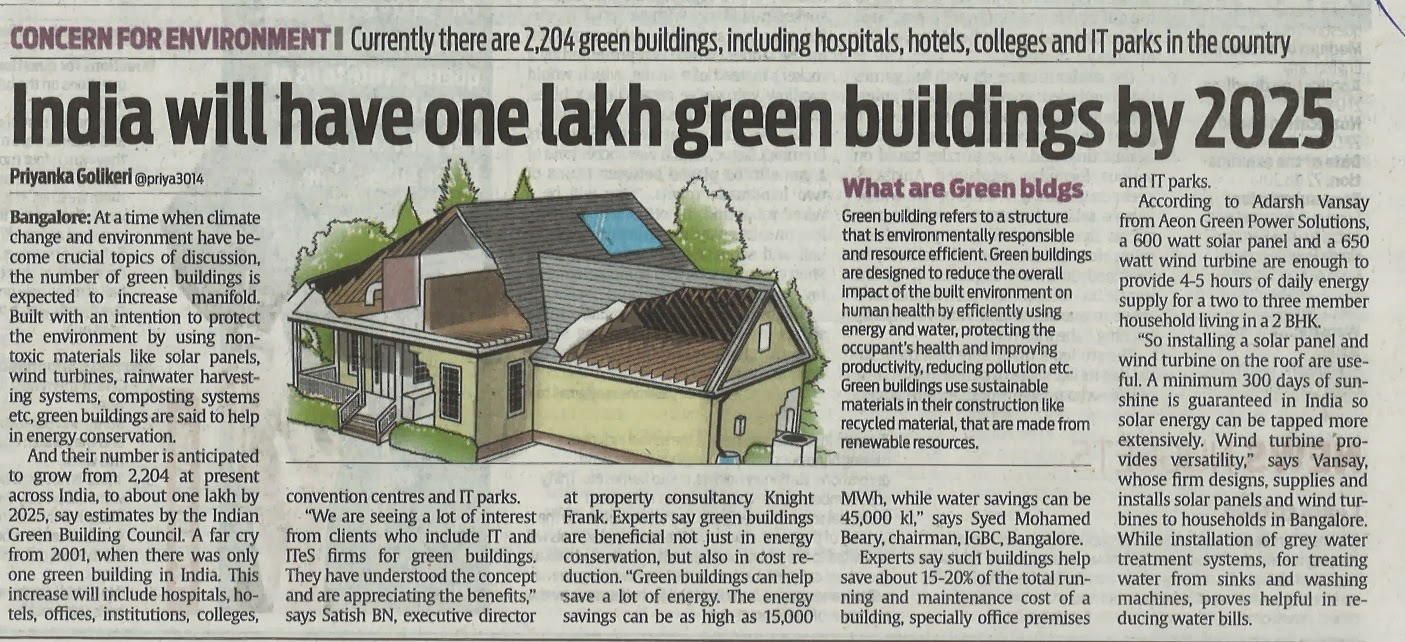
 ZEV India Partnership – Driving Truck Electrification through Collaboration
ZEV India Partnership – Driving Truck Electrification through Collaboration



Hai, this idea is good for all, if the cost and planning is furnished for a structure of 30’*40′ building.
If the wall & filling are designed to the taste & colour of the people, with lasting and strong construction.
Thoroughly I really enjoy your post and i think it will be great achievement for India will have one lakh green buildings by 2025.
If we can start using green bricks like this while building our houses- http://gosmartbricks.com/smart-homes/porotherm-bricks-what-all-you-need-to-know/#
we can build a good eco friendly future in India.
As sanicon develops the zero water building and green plumbing projects in India ,you can have a look of our website on
http://www.sanicon.in
We develop Energy Efficient Buildings, with the help of aggressive conservation, rainwater harvesting and water recycling, we build a
Zero Water building which doesn’t imports a drop of water, neither discharges it.
I have recently started a web site, the information you offer on this website
has helped me tremendously. Thanks for all of your time & work.